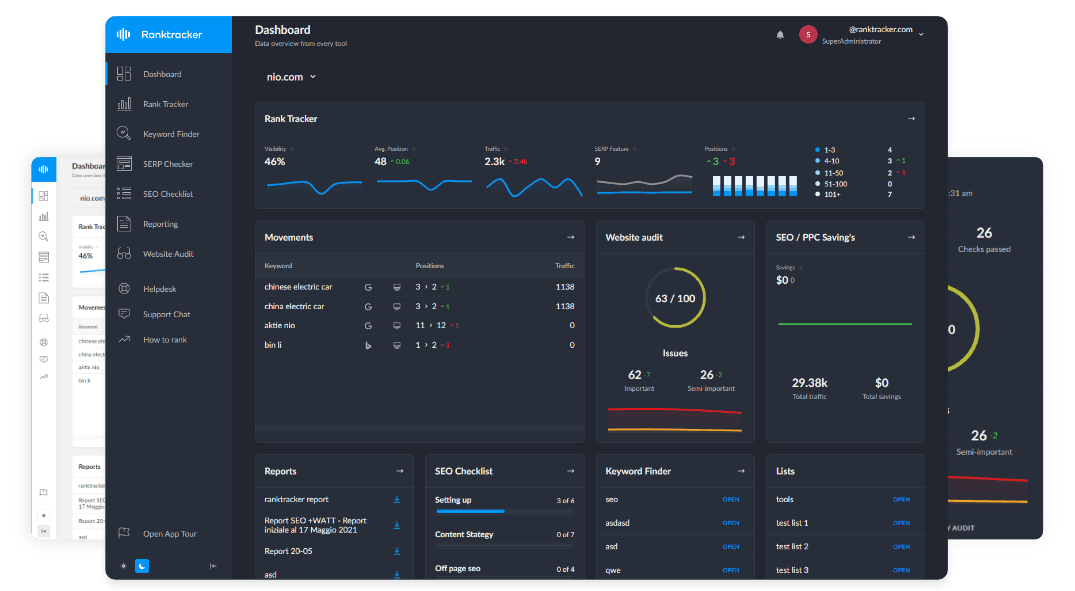Intro
AI image generators have exploded in popularity. With just a few words, anyone can create portraits, landscapes, or even fashion designs that look strikingly real. They’re being used for art projects, marketing campaigns, and even everyday fun on social media.
But while the technology is impressive, it also has a darker side. Fake images can spread misinformation, fuel scams, violate privacy, and damage reputations. Understanding these risks is essential in a world where seeing is no longer believing.
Misinformation and Fake News
One of the biggest dangers of AI images is their role in spreading misinformation. Fake photos of political events, natural disasters, or celebrity appearances can quickly go viral before fact-checkers catch up.
For example, AI-generated pictures of celebrities at fashion events they never attended fooled thousands online before the truth came out. Researchers warn that the volume of fake content is skyrocketing. By 2025, experts estimate there could be more than 8 million deepfake images and videos circulating online.
This explosion of content makes it harder than ever to trust what we see on our feeds.
Scams and Fraud
Scammers are quick to take advantage of AI image technology. Fake IDs, fraudulent product photos, and AI-generated profile pictures are now common tools for tricking people.
Business leaders are especially at risk. Criminals have already used deepfakes to impersonate executives in video calls, tricking employees into transferring large sums of money. Fraud attempts involving deepfake images and videos have increased by over 2,000% since 2022, according to security researchers.
In the U.S. alone, impersonation scams using AI have already caused more than $200 million in losses in early 2024. In the context of personal connections, these risks can lead to catfishing and identity deception. A tool like Socialprofiler acts as a critical defence by enabling individuals to find people on social media and perform a personal assessment of their social media presence. By analyzing a person's public activity across platforms, it shows people insights which helps uncover red flags and verify identities. It makes online interactions, especially dating, significantly safer.
Privacy Violations and Non-Consensual Content
Perhaps the most disturbing risk is the misuse of AI to create explicit or manipulated images without consent. Victims range from celebrities to ordinary people whose photos are stolen from social media.
The All-in-One Platform for Effective SEO
Behind every successful business is a strong SEO campaign. But with countless optimization tools and techniques out there to choose from, it can be hard to know where to start. Well, fear no more, cause I've got just the thing to help. Presenting the Ranktracker all-in-one platform for effective SEO
We have finally opened registration to Ranktracker absolutely free!
Create a free accountOr Sign in using your credentials
Tools originally designed for creative purposes can cross dangerous lines when abused. A notorious example is deepnude ai, which sparked global outrage for its ability to generate fake nude images. Though promoted as a technological experiment, it highlighted how vulnerable personal images can be in the wrong hands.
Other platforms like undress ai show how clothing manipulation features can be used creatively, but also raise serious concerns about ethics and misuse.
Schools have even raised alarms after reports of apps being used to create fake explicit images of minors, with millions of monthly users worldwide. This misuse shows the urgent need for ethical boundaries and better protections.
Reputation Damage and Psychological Harm
For victims, the damage of fake images can be devastating. Public figures, like musicians and actors, have already faced scandals from AI-generated explicit images shared across platforms. In 2024, fake explicit images of Taylor Swift spread to millions of people online, sparking global discussions about consent and digital safety.
But it’s not just celebrities at risk. Everyday individuals have been bullied, blackmailed, and traumatized by manipulated AI content. The psychological impact—especially for teens—can be long-lasting.
Security Risks for Businesses
Beyond personal harm, businesses face real threats from AI image misuse. A fake executive photo or AI-generated “evidence” of wrongdoing can harm a company’s reputation. Phishing campaigns also use AI-generated content to appear more credible, increasing the likelihood that employees fall for scams.
Despite the risks, surveys show 31% of business leaders underestimate deepfake dangers, and more than 50% of organizations have no training in spotting AI-manipulated media.
How to Protect Yourself
While the risks are serious, there are ways to stay safe:
- Verify images using reverse search tools to see if they appear in reliable sources.
- Educate yourself and others about common AI image flaws like distorted hands, mismatched shadows, or overly smooth textures.
- Use detection tools to analyze suspicious images, but remember they aren’t perfect.
- Support transparency by advocating for labeling of AI-generated content.
- Think critically about the source—if the photo comes from an unknown account or supports an unbelievable story, double-check before trusting it.
AI image generators are incredible creative tools, but their dark side can’t be ignored. From misinformation and scams to privacy violations and reputational harm, the risks are real and growing.
By learning to question what you see, using verification methods, and supporting ethical practices, you can enjoy the benefits of AI without falling victim to its dangers. In the digital age, awareness is your strongest defense.

